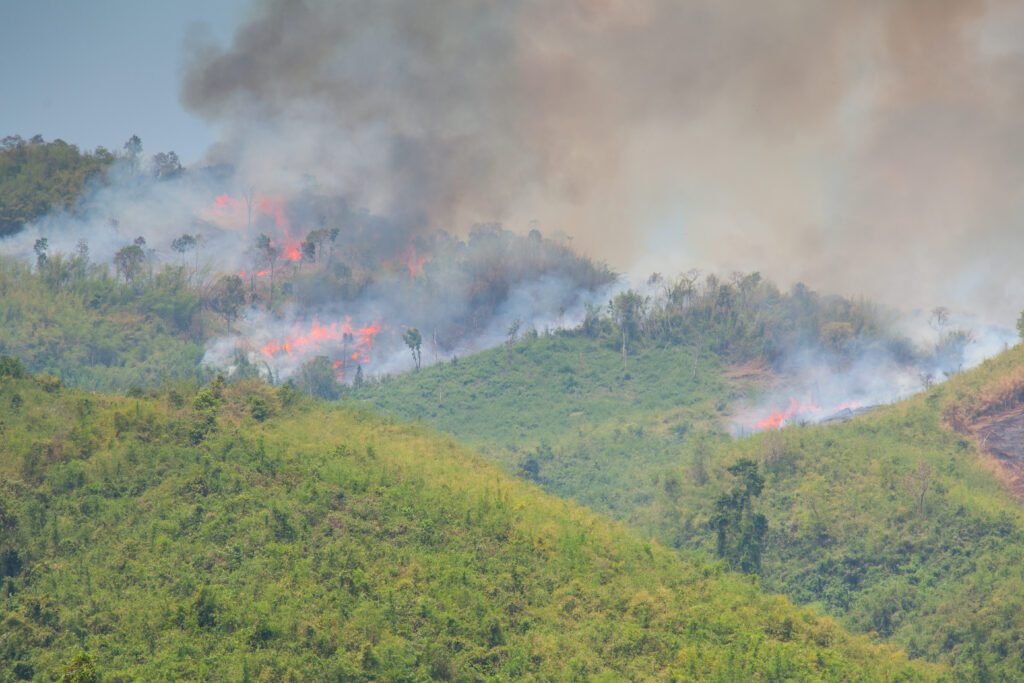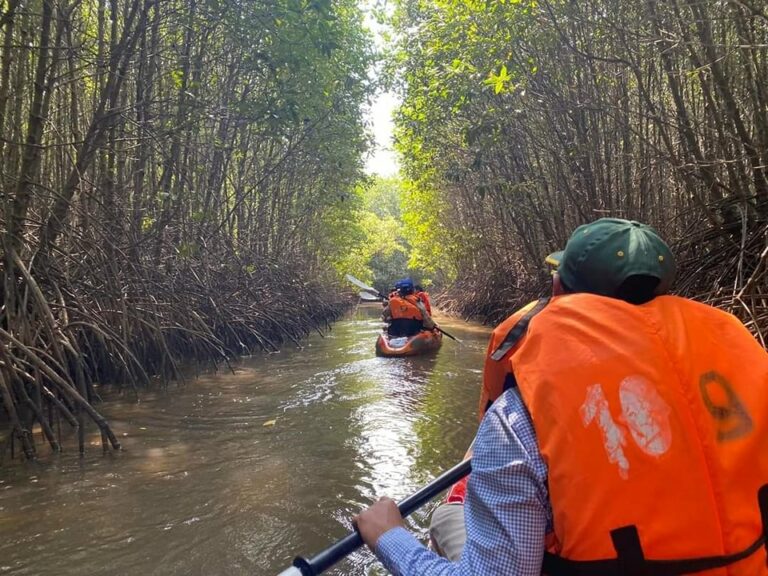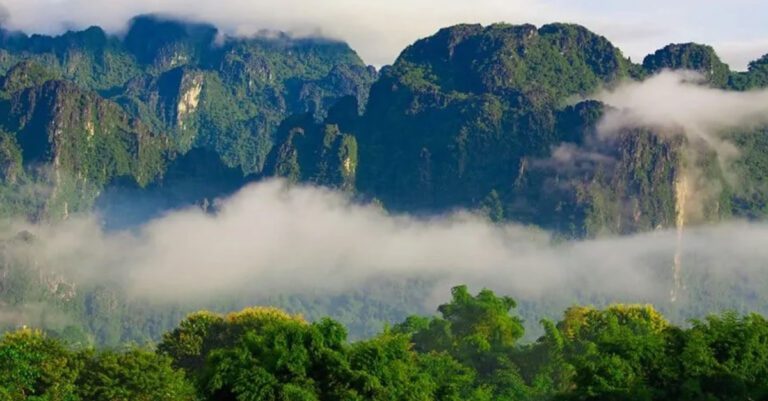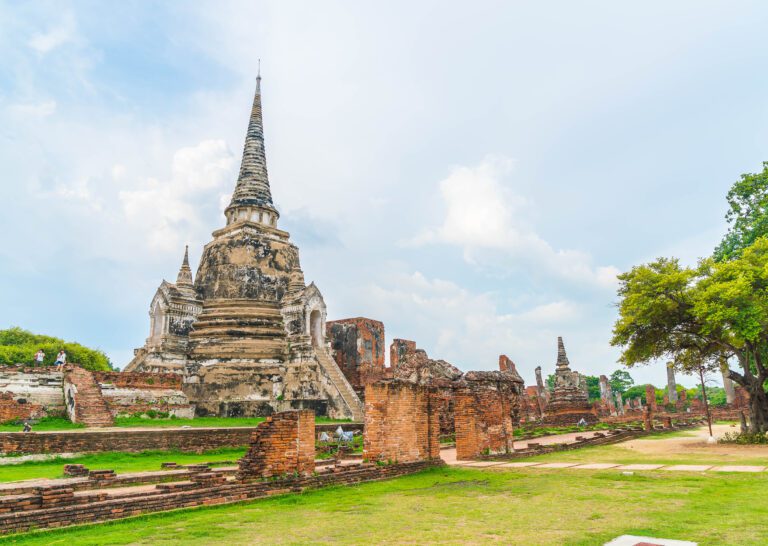
There’s an increasing, almost worried intensity in the way that Greater Mekong Sub-Region (GMS) countries are tackling the recurring haze problem.
Every year, like clockwork, farmers burn vegetation to clear land for crop growing, or set fire to the leavings from the year’s harvest. The smoke and pollutants produced by these fires travel effortlessly over national borders, causing hazardous levels of air pollution, reduced visibility, and negative impacts on public health, agriculture, and the economy.
The present haze crisis has had a widespread impact. Chiang Mai in Thailand recorded an Air Quality Index value (AQI) of 306 on April 1, doubling Dhaka, Bangladesh’s AQI of 151. Across the border, Vientiane and Luang Prabang in Lao PDR have also seen hazardous PM 2.5 levels at around the same time.
The tourism industry is particularly vulnerable to haze, as tourists can (and do) cancel their travel plans due to the hazardous air quality, potentially resulting in significant economic losses for the industry. Chiang Mai, for one, experienced a severe drop-off in Songkran hotel bookings due to the haze.
Additionally, the haze problem has negative impacts on public health, with increased rates of respiratory and cardiovascular illnesses recorded in 2023.
The haze problem is not a new issue: and has been a recurring problem around the GMS for decades.

Leaders of the affected countries – Thailand’s Prime Minister Prayut Chan-o-cha, Lao PDR Prime Minister Sonexay Siphandone and Myanmar’s Senior General Min Aung Hlaing – recently met on a video conference to discuss the haze problem, and pledged to raise the transboundary haze issue at the upcoming 42nd ASEAN Summit.
While the establishment of the ASEAN Agreement on Transboundary Haze Pollution in 2002 aimed to address the issue, individual country exercises various approaches to fix the issue. Thailand has proposed eight short-term measures to reduce air pollution, as well as eleven long-term measures that include preventing wildfires in 17 northern provinces. In Chiang Mai, authorities have urged people to stay indoors and work from home.
Cambodia launched its own Clean Air Plan in 2022, which outlines several measures that address the country’s major sources of emissions. When implemented, the plan may reduce two major pollutants, PM 2.5 and black carbon, by up to 60%.
The plan may also slash emissions of methane and carbon dioxide by 24 percent and 18 percent respectively by 2030. Over 900 premature deaths per year may be saved by the full adoption of the Plan.
In the near future, as coordination on the transboundary haze problem becomes more urgently necessary, GMS countries may adopt more robust land-use practices, stronger enforcement of anti-burning laws, and more effective cross-border cooperation between affected countries. All these are absolutely essential to address this recurring issue, and ensure a healthier and more sustainable future for the region.





